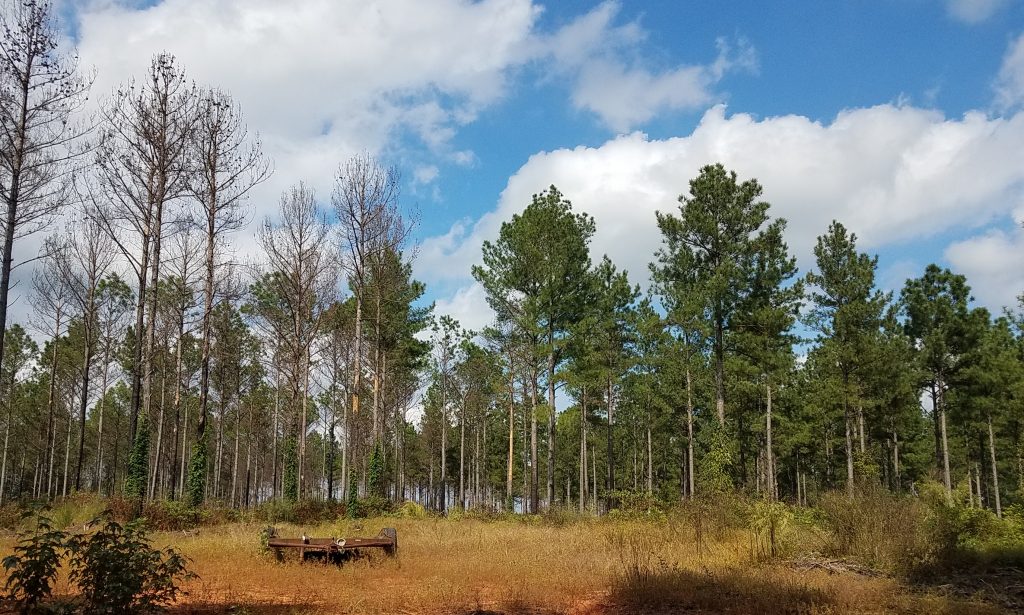
My article for the next issue of “Virginia Forests.”
I was a city kid, but my urban Milwaukee public schools featured nature and forestry programs. These sojourns into nature changed my life. I would not be a forest owner and conservationist today without those experiences. Today more people live in cities and even small towns kids often lack intimate contact with working nature common in the past – fewer hunt or work on farms. Even fewer are involved in forestry.
Disconnected from Working Nature
A disconnect from working nature fosters destructive outlooks, among them the mistaken idea that humans and nature are separable and maybe should be kept apart, that that nature is fragile and needs walls to keep humans out.
Some places should be walled off – places so unique, beautiful or so crucial that it is best for humans not to tread, at least not often. But most conservation must be done on private lands, on lands humans use. Not understanding that fundamental truth will make our world less sustainable, less renewable and less resilient.
Sustained Profit Goes with Ecological Sustainability
We can manage land both for profit and for ecological sustainability. It is the best way – the only long-term way. I know from personal experience and observation that it can be done. This is not a truth easily conveyed to people without similar experience. Show them a harvest and they see the “destruction.” The easy narrative is that harvesting is stealing from the earth and that the best thing we can do is keep people, their machines and their civilization the heck out of the woods. How can we tell what we know to be true to people unprepared to hear it?
Engaging Means Also Listening
Engaging is more than telling our story to others; it is listening to theirs, understanding their concerns, maybe even changing our own outlooks. We cannot tell people more than they are ready to hear. By listening first, we can find ways they understand. This will often mean showing as well as telling and sharing our passion for forestry and welcoming them be part.
Most tree farmers delight in showing their land and telling about it. Many of us open our land for visits and field days. Do this and more. Elsewhere in this issue are articles about education about forestry. Our part is sharing our experience, our long-term experience of sustaining and regenerating land, while producing forest products and even making a reasonable profit, because most conservation is done on private lands by people willing to get their hands dirty.
The answer is that we cannot tell them. We must show them and share the experience. The key to understanding ecological relationships is boots-on-the-ground, along with an indispensable ingredient – time. The key to understanding is how relationships develop over time. If they see the destruction of a harvest, show them what it looks like five or ten years later. Explain that even right after it is wonderful wildlife habitat. This is what nature education should give young people – and older ones too. This is what we need to strive for in forestry education, not a single visit but engaging over years.
